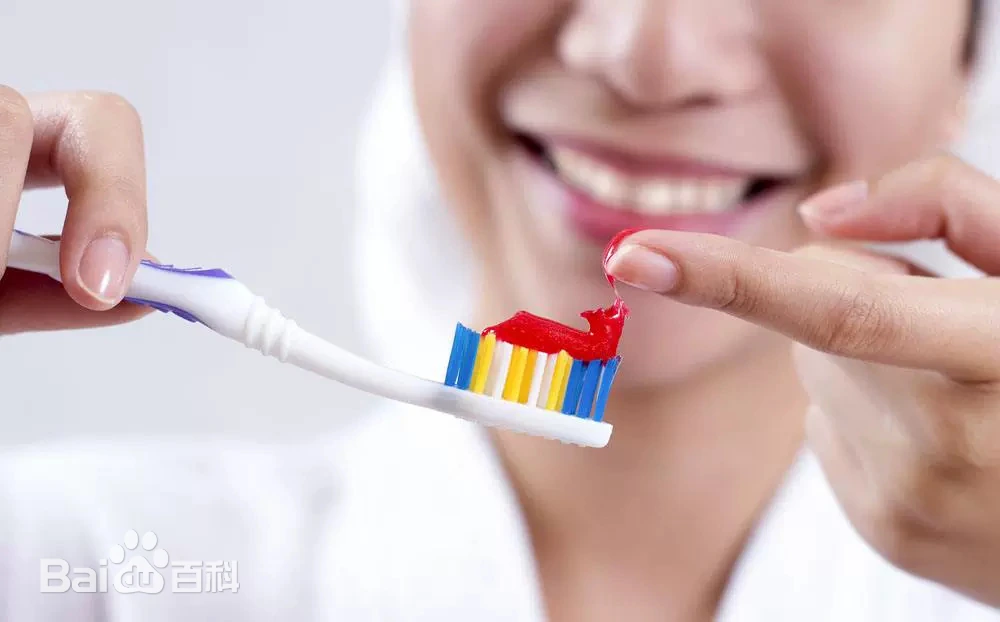The world's first toothpaste was invented by the ancient Egyptians, the first toothbrush was invented by the Chinese Emperor Ming Xiaozong in 1498, and the first toothpaste company was Colgate in the United States.
The use of dental products can be traced back 2000-2500 years, with records of tooth cleaning agents found in early writings of the Greeks, Romans, Hebrews, and Buddhists. Early dental products mainly consisted of chalk, animal bone powder, pumice, and even verdigris, and as late as the 19th century, tooth powder was still made from cow bone powder and cuttlefish bone powder. In the 21st century, some people still use salt to brush their teeth and rinse with salt water. In 2003, a papyrus scroll from ancient Egypt was discovered in the basement of the Austrian National Library, filled with strange hieroglyphs. It described a powder that could whiten teeth, which would turn into a paste when it came into contact with saliva, and its ingredients were: 1 ounce of rock salt and dried iris flowers, 2 ounces of mint, and 20 grains of pepper. This was the toothpaste used by the ancient Egyptians. During the Tang Dynasty in China, common ingredients like Gastrodia elata, Ligusticum chuanxiong, Asarum, agarwood, and cold water stone were ground into powder to clean teeth and eliminate bad breath. In the 18th century, Britain was the first to industrially produce tooth powder, making it a commodity. In 1840, a Frenchman invented the metal tube, providing suitable packaging for some daily necessities and promoting the reform of some product forms. In 1893, a Viennese named Segg invented toothpaste and packaged it in tubes, leading to the mass development of toothpaste, which gradually replaced tooth powder.
Toothpaste was developed as an improvement on tooth powder, with early tooth powders primarily using calcium carbonate as an abrasive and soap as a surfactant. Starting in the 1940s, due to rapid technological advancements, the toothpaste industry saw significant improvements. On one hand, the development and application of new abrasives, humectants, thickeners, and surfactants continuously upgraded the quality of toothpaste products; on the other hand, toothpaste evolved from a simple cleaning function to an oral hygiene product that included medicinal ingredients to prevent and treat dental diseases, most notably fluoride toothpaste, which greatly reduced the incidence of cavities. In 1945, the United States developed the world's first fluoride toothpaste by adding stannous fluoride to a toothpaste that used calcium pyrophosphate as an abrasive and stannous pyrophosphate as a stabilizer. China began producing tooth powder in the late 19th century, and in 1926, the first toothpaste was produced in Shanghai. Today, toothpaste generally consists of abrasives, humectants, thickeners, preservatives, sweeteners, surfactants, fragrances, water, and other special ingredients.
